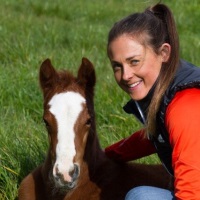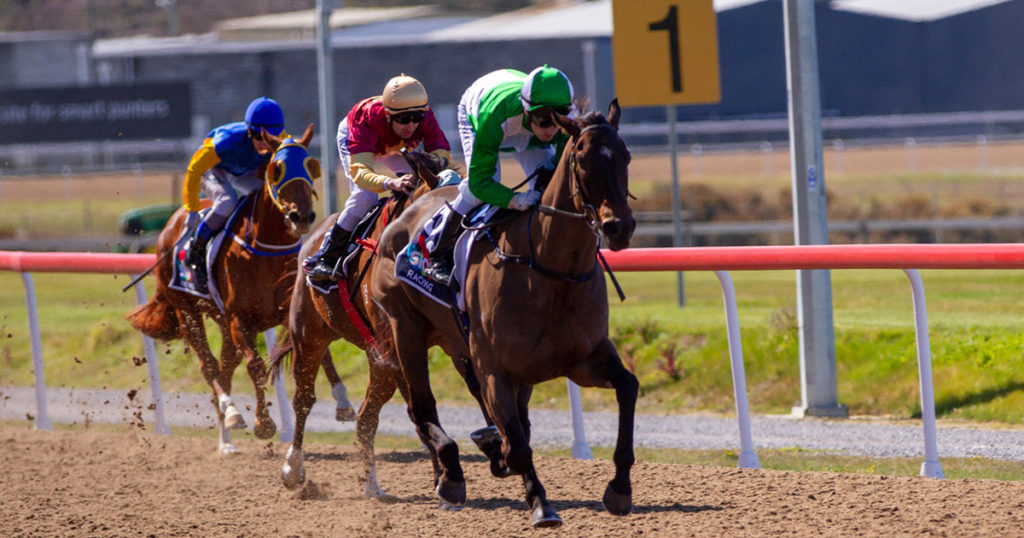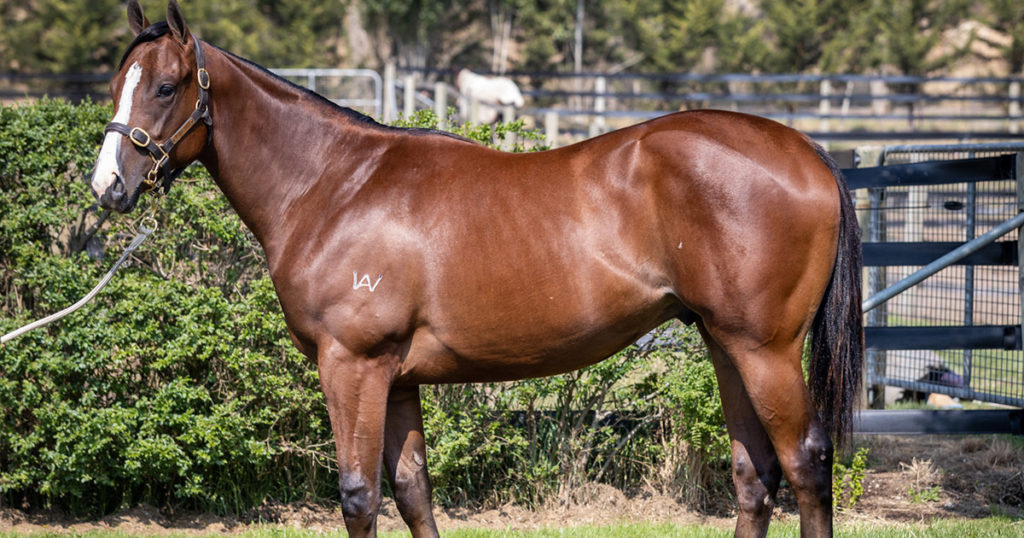Across a variety of equestrian disciplines, longeing horses and ponies is a common practice. It may be used to start a young horse under saddle; contribute to developing or maintaining fitness in our horses, or used with the intention of helping warm our horses up (or using up some of their excess energy) prior to riding.
If we choose to longe our horses or ponies, it’s important to consider how this form of exercise impacts their joint health.
When a horse is exercised on a circle, they push off with their outside limbs and catch the force of that push with their inside limbs. The joints in a horse’s lower limbs (the fetlock, pastern and coffin joints) have evolved to move in only a front-to-back plane. When exercising a horse, it is natural for their foot to land flat on the ground. For this to occur when they are being exercised on a circle, compression occurs in the medial (inside) aspects of the joint and extra tension is placed on the lateral (outside) of the joint. This causes uneven loading through the joint. The compression on the medial side of the joint impacts articular cartilage; the strain on the outside of the joint puts more tension and ‘wear and tear’ on the ligaments of the outside limbs.
If longeing is performed regularly, it may increase the risk of chronic injury from the stress of the repetitive uneven loading. If we think of this in a more holistic nature, musculoskeletal structures throughout the whole body must compensate for this uneven loading: potentially having a significant impact on a horse’s biomechanics. Even if we only longe our horses or ponies infrequently, there’s still the risk of injury. This is more likely to occur when a horse isn’t properly controlled when being longed (think of a young horse, or a ‘fresh’ horse who we are aiming to ‘calm’ down with longeing).
The negative impacts of longeing can affect horses of all ages. Young horses tend to naturally have less strength in bones and ligaments, potentially increasing their risk of injury from longeing. Cartilage is also susceptible to damage. Further injury can occur in young horses with open growth plates: excessive longeing can potentially cause growth plate damage. This may affect a horse’s long-term conformation and limb alignment.
Whilst older horses are likely to have stronger bones and ligaments from more exercise, they are also susceptible to negative effects from longeing. Osteoarthritic changes to joints, decreased collagen production, accumulated micro tears and loss of elastic properties in ligaments may increase their risk of injury.
If we choose to longe our horses and ponies there are a few key considerations to help reduce the potential negative impacts of this form of exercise:
- Avoid longeing young horses, particularly those with open growth plates. These horses are in developmental stages where cartilage may be more susceptible to uneven loading.
- Longe at lower speeds: this helps our horses and ponies to distribute weight more evenly through their joints.
- Of all the gaits, trotting is likely to load the limbs in the most balanced fashion and promote the most even loading.
- Exercise on large circles. Forces on the joint are magnified when working on small circles.
- Only ever longe a horse when they are under control.
- Where possible, longe in a large round pen where the footing is banked. It allows the hooves to have a flatter interaction with the ground.
- Ensure the horse is engaging its body correctly and moving soundly.
- Where possible choose other forms of exercise to work your horse.
When it comes to joint health in our horses and ponies, sometimes we can be quick to want to add a joint supplement to their regime; put them on a IM joint medication and/or medicate their joints, I recommend reading Bisphosphonates (Tildren & Osphos): Understanding how they work and their role in bone health; and Joint Injections in the Horse- Important Considerations. Before doing any of this, there are several incredibly valuable aspects to stop and consider if we want to promote soundness and longevity in our horses. How do we exercise our horses?Is their overall diet one that supports bone, cartilage and joint health, whilst meeting their key nutrient requirements and reduces inflammation? Are our horses on a regular trimming/shoeing schedule which takes into account their biomechanics, conformation and workload? Addressing these factors as part of an holistic approach can help to promote sound, healthy horses and promote the best joint health possible.

Camilla Whishaw is a highly regarded, experienced horsewoman and naturopath, helping to holistically treat and manage a broad range of equine health conditions and injuries, with a passion for mare and stallion fertility.
As a world-renowned practitioner, presenter, author, and consultant in the field of Equine Naturopathy, Camilla shares her knowledge through keynote presentations, interviews, lectures, panel sessions, and workshop training.





